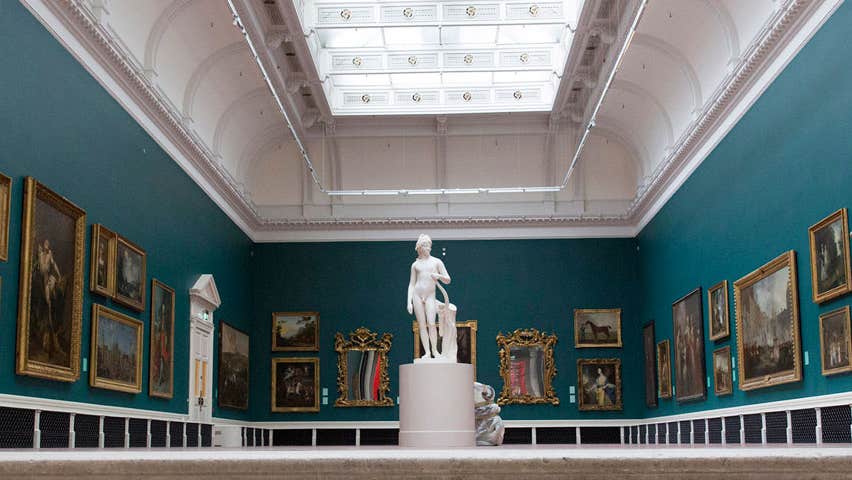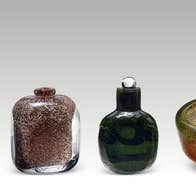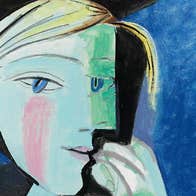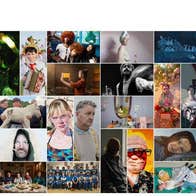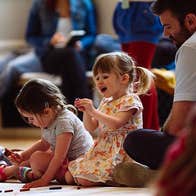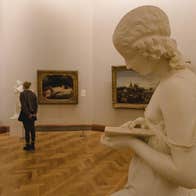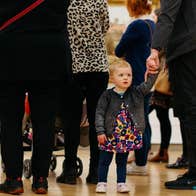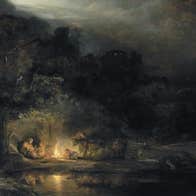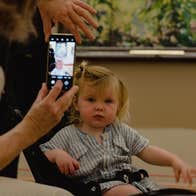The National Gallery of Ireland is one of the country’s most popular visitor attractions. It houses the nation’s collection of European and Irish art from about 1300 to the present day, and an extensive library and archive.
Entry to the permanent collection, and many temporary exhibitions, is free for all. Open seven days a week, the Gallery is conveniently located in Dublin City centre, a short stroll from Trinity College and Merrion Square.
Free guided tours are available at weekends. Family packs and drawing and creative writing kits are available to borrow for free. Facilities include a shop, café, and wheelchair access to all levels.
Some temporary exhibitions need to be booked in advance and have an admission charge, but there are discounts and special offers available.
Take a look at the Gallery website in advance of your visit for full details.
- Maurice Marinot - On Paper, In Glass
WinterMaurice Marinot - On Paper, In Glass Maurice Marinot (1882–1960) was a French artist renowned for redefining the expressive potential of glassmaking. This in-focus exhibition showcases a selection of his works of art spanning from the 1900s to the 1950s.
- Picasso: From the Studio
WinterPicasso: From the Studio The National Gallery of Ireland, in collaboration with the Musée national Picasso-Paris, is delighted to present Picasso: From the Studio, a major monographic exhibition of the work of Pablo Picasso (1881-1973).
- AIB Portrait Prize 2025
WinterAIB Portrait Prize 2025 See the AIB Portrait Prize 2025 at the National Gallery of Ireland from 8 November 2025 until 15 March 2026
- Sunday Family Drop-in Workshop: A Stroll in the City
WinterSunday Family Drop-in Workshop: A Stroll in the City Join artist Bryony Hussey and take a stroll through the city at this Sunday Family Drop-in Workshop.
- Public Tour: Slow Art Tour
WinterPublic Tour: Slow Art Tour Enjoy some time out and join the National Gallery of Ireland for a free guided tour at a slower pace.
- Public Tour: Family Tour
WinterPublic Tour: Family Tour Join National Gallery of Ireland for a special tour designed for children and their guardians, parents and carers.
- Public Tour: Highlights
WinterPublic Tour: Highlights Join National Gallery of Ireland for a free guided tour exploring some of the highlights of the Gallery's permanent collection.
- Public Tour: New Parents' Tour
WinterPublic Tour: New Parents' Tour Join National Gallery of Ireland for a free guided tour for parents, guardians, and carers of young children.
Call into Sweny's Pharmacy in Lincoln Place immortalised in James Joyce’s Ulysses, still selling the famous lemon soap as bought by Leopold Bloom in chapter five of Ulysses.

